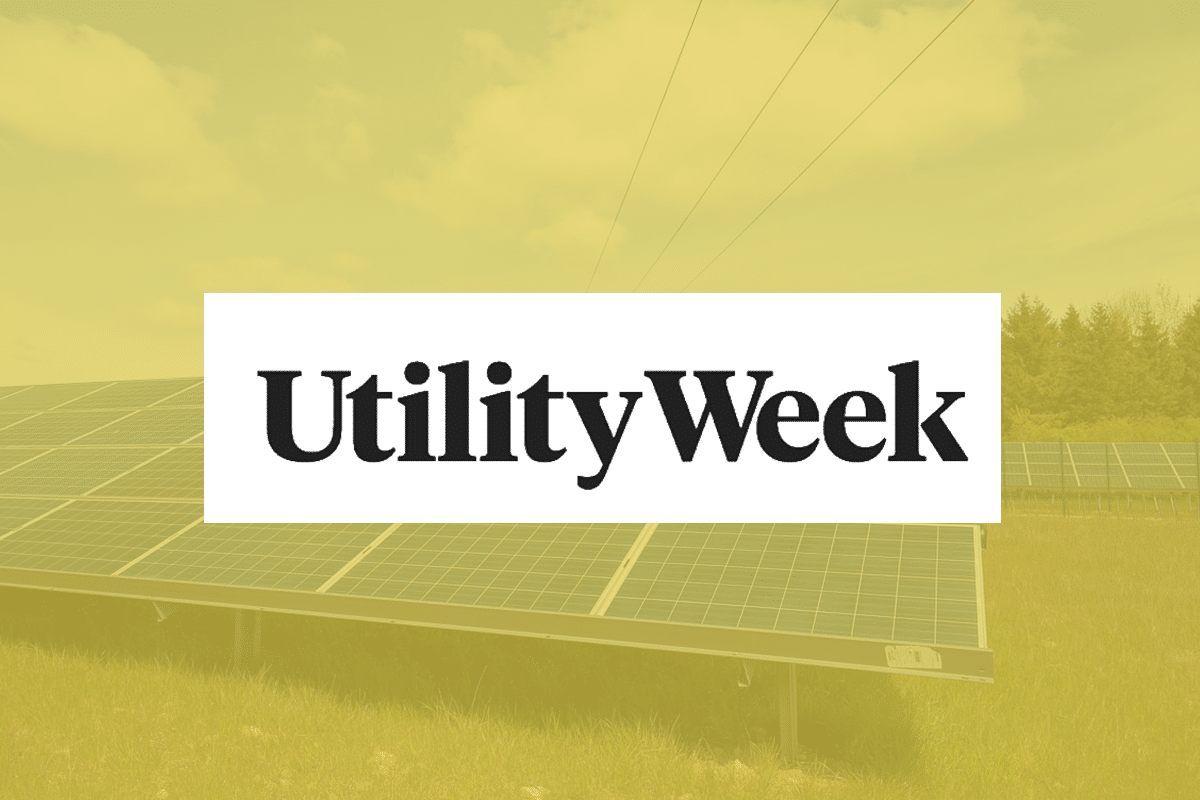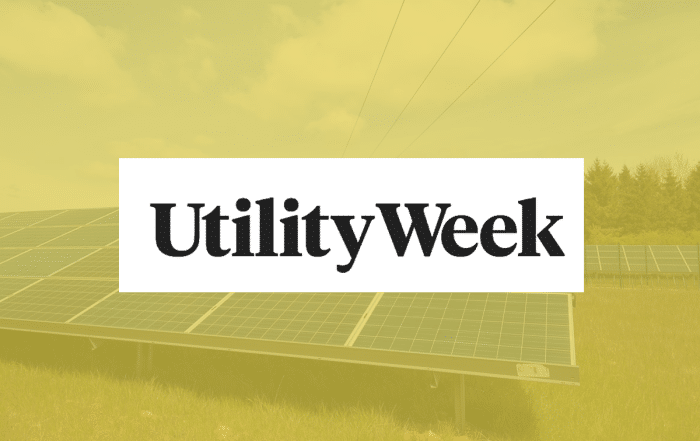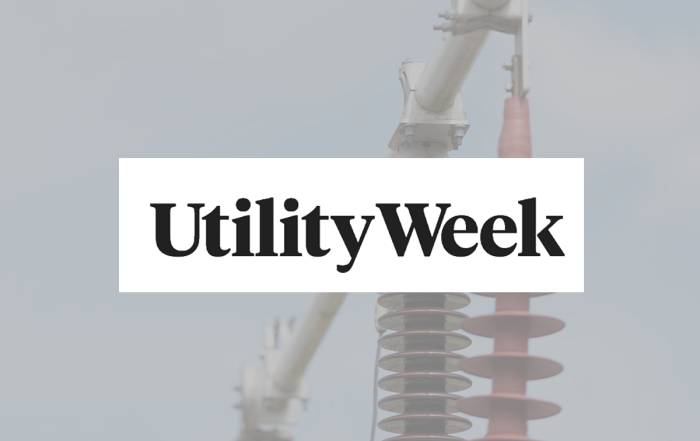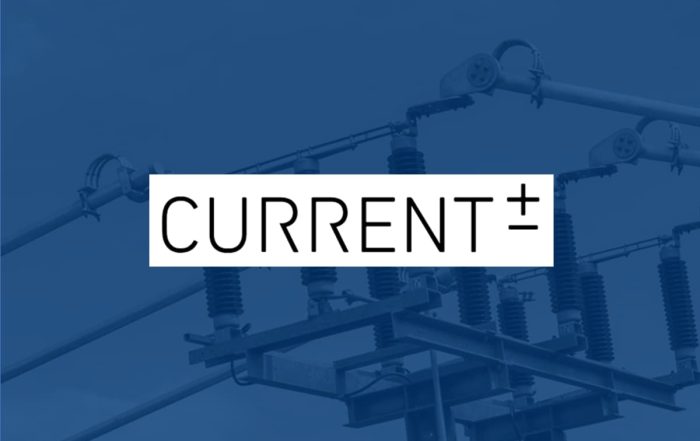Connectologist® invited to write opinion for Utility Week on Progression Commitment Fees
Nikki Pillinger was asked by Utility Week for her opinion on NESO’s decision to use planning permission as the best marker for project viability as evidenced in their recent proposal to introduce a Progression Commitment Fee. Nikki urges NESO to look beyond planning permission and consider the connection solution and project’s financial viability.
Nikki’s submitted article is below, and you can also read it on Utility Week here – “NESO must look beyond misguided connection fees”.
(It is paywalled for non-Utility Week subscribers).
Article by Nikki Pillinger – expert grid connections project manager
Before joining Roadnight Taylor Nikki, headed grid teams at GRIDSERVE and British Solar Renewables where she managed the origination, de-risking, project management and energisation of a large number of grid connections. Nikki has also led the grid oversight in a significant volume of both project acquisitions and project sales.
27 February 2025

What is the best marker for how well a project is developed? The view of the National Energy System Operator (NESO) is that planning permission is the best marker of development, evidenced by their recent proposal to introduce a Progression Commitment Fee to encourage projects to move through the development process.
The Project Commitment Fee, being introduced as modification CMP448, would apply to generation projects that have progressed to the future Gate 2 connections queue, but have not yet submitted a planning application. It would however only kick in if a certain proportion of projects were failing to meet planning submission milestones. The fee would start at £2,500/MW and increase by that amount every six months, up to £10,000/MW, during the time a project remains in the Gate 2 queue without a submitted planning application. To me this seems misguided and a poor way of encouraging projects to responsibly and diligently move through the development process.
The development process can be a very messy one, as it is difficult to decide exactly what activities to do in what order. Often developers will find a willing landowner, get a viable looking grid offer and then go and get planning. Once planning is achieved often these projects are then sold as shovel ready, or ready to build. The reality is however that if nothing has been done with the grid offer then there is often a significant amount of design and further interrogation of the conditions of the connection that needs to be undertaken. Grid offers are initially sent out full to the brim of caveats and dependencies. This is because there is a considerable amount of design work that cannot be done upfront in the time that it takes to produce a grid offer in 90 days.
Milestones in Distribution Network Operator (DNO) grid offers tend to show completion within 24 to 36 months of offer acceptance. While this is theoretically possible, timescales for 132 kV, and even 33 kV projects tend to be between 4 to 8 years from conception to completion. Getting a project into planning tends to take at least a year, and then due to Local Council workloads you will normally be waiting between 6 to 12 months for an outcome. The DNO and Independent Connection Provider (ICP) design process can then take 1 to 2 years, and procurement timescales will be a further 1 to 2 years with construction onsite then taking anywhere between 6 to 18 months. Planning permission is rather far back in this process.
Connections Reform is currently prioritising projects that have a valid planning permission. The problem with this is that planning is only one indication of whether a project is viable and having that alone certainly does not indicate that it is ‘ready’. There are several other important variables that in my opinion, should be considered when assessing a project’s viability.
Connection solution
Grid offers will suggest a connection solution based on the best engineering assumption of the system planner who produced the offer. At 132 kV projects will normally require a couple of hundred thousand pounds spending to ascertain what the true design solution may be. There may have been an assumption that there is space on a 132 kV board at a substation to connect, but what if that solution is not viable and there needs to be a substation extension or a new board installed? This can send project costs spiralling if this is not established early. If a tower connection is required, then this can take a year or more to fully design and a similar time to consent if it is deemed to require a Section 37 from DESNZ.
Projects also often have long cable routes back to the proposed Point of Connection. If no work has been done on this and the connection route has not been identified and de-risked then projects can come unstuck with not being able to get permissions to dig in third party land, roadways or under ‘hard’ obstacles such as rivers or railway lines.
There are also other elements such as protection schemes and communications infrastructure that can take a considerable amount of time to design and install. It should never be assumed that the first solution suggested is going to be viable.
Design status
Often planning submissions are put in based on a generic connection solution. Unless there has been substantial investment and time put into first the DNO design and then ICP design then connection designs can change radically enough that the first solution submitted into planning must be materially amended, which can further increase timescales. Many projects, especially at 132 kV now have connections onto existing pylons which need to be modified or replaced to accommodate the additional connection infrastructure.
Reinforcement
Even if a project has got through Gate 2 and has a firm connection date, this still may not be for several years. If there are fault level issues on a network then generators will not be able to connect until these have been alleviated, and this will often require significant network rebuilds or upgrades. There also may not be physical equipment available to connect into, and more network infrastructure, such as a new grid supply point with more 132 kV bays, will need to be built to accommodate a connection. It would not make sense for developers to have to submit planning for a project that they know that they are unable to connect for several years, despite the best efforts of NESO and DNOs to speed up the connection process.
A call for a wider viewpoint
I would urge NESO to look beyond developers submitting and gaining planning permission as a marker of project viability of success and consider the financial viability of projects as well as the viability and progress of their connection solution. There are many factors at play and an incredibly diverse and complicated development process to understand and, most importantly, to get right so that we have cost-effective, well-designed projects that can contribute to our Net Zero targets.





